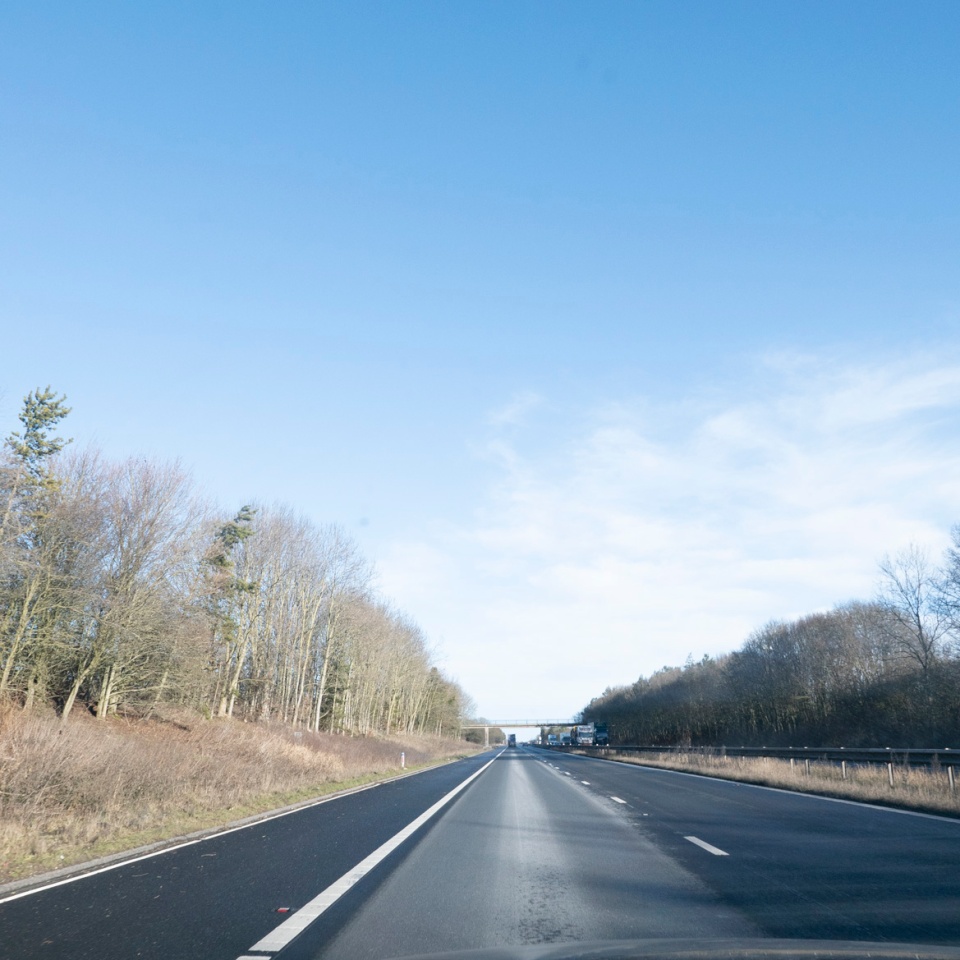Brief
Read through the ‘Image and Text ’ source text and choose at least one activity to enable you to produce a piece of work using Image and Text.
At this stage, you might experiment with the genre you feel you are going to choose to explore in more depth for your self directed project, or you might experiment with crossing a boundary between two genres just to explore a potential idea that is not yet fully formed.
This activity may be something you return to later as you develop your project more fully, depending on how fully you decide to include text as part of your work. Even if text does not become a major part of your project, this section will enable you to think more deeply about how you title or caption your work and its effect on the images and how they might be read. Add your work into your learning log.
I decided to undertake: Exercise 3: Image and Text
Find words that have been written or spoken by someone else. You can gather these words from a variety of means – interviews, journals, archives, eavesdropping. Your subject may be a friend, stranger, alive or dead.
Select your five favourite examples and create five images that do justice to the essence of those words.
You may choose to present your images with or without the original words. Either way, make sure that the images are working hard to tell a story. If you decide to include the words, ensure that they add to the meaning rather than describing the image or shutting it down. Try to keep your image-and-text combinations consistent – perhaps they are all overheard conversations on a bus, or all come from an old newspaper report. Keep them part of a story.
Consider different ways of presenting the words. Audio or video might lend itself well to this kind of work, or a projection of images using voice-over – experiment.
Words spoken by someone: All from Tv programs watched over a 4 hour period
“This is who I am”, “Have it your way”, “Something like that”, “Those dam photographs”, “Are we there yet”
At first I thought that the phrase “this is who I am” would have to depict a person. Perhaps someone dressed differently or acting differently. As I was looking for shots to fit this text, I realised this was not necessarily the case. I chose a view of some uniquely placed buildings (Img.1) where people live which is, in part saying who they are.

Img.1 “This is who I am”
The phrase “Are we there yet” has been matched with a very literal image showing a road going on for what appears to be eternity. (Img.2)

Img.2 “Are we there yet”
This image intrigued me and seemed to fit with the phrase “those dam photographs” It it one of those images that could be about so many things. It’s all down to the viewer. The text helps to narrow down the meaning but it is still open to interpretation.

Img.3 “Those dam photographs”
Img.5 is another one that could be interpreted in so many different ways. What I did see when I was taking it was what appeared to be a handshake in the centre. The two faces on either side don’t seem to look particularly happy and the text creates a narrative that was in my mind but may not have been in the viewer’s mind with the addition of the text.

Img.4 “Have it your way”
The words written on the wall in this image are slowly disappearing leaving only a few isolated words and sentences. I felt that the text “something like that” worked nicely to indicate that it wasn’t all there.

Img.5 “Something like that”
This exercise reminded me of the power of text to direct completely or partially. Although I don’t intend to put explanatory text against each image for my SDP I am still thinking of adding a reference number that will direct the viewer into thinking this is not just a landscape photo. I want it to have a hint of something more important than that. I want them to wonder why the location is important enough to have been given a “reference number”. It won’t be the actual words or numbers that give any kind of context but the inclusion of them.

Pingback: Project 9 Assignment 9: SDP Resolving | OCAPhotography
Pingback: Project 9: SDP – Resolving | OCAPhotography